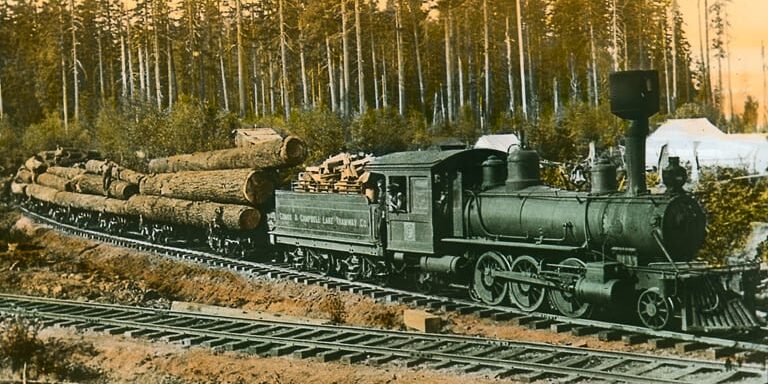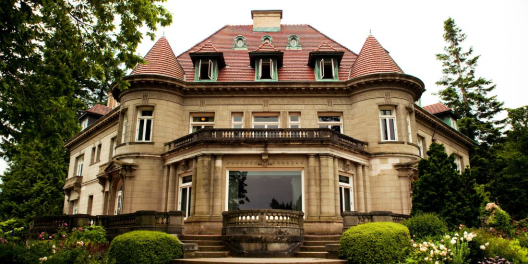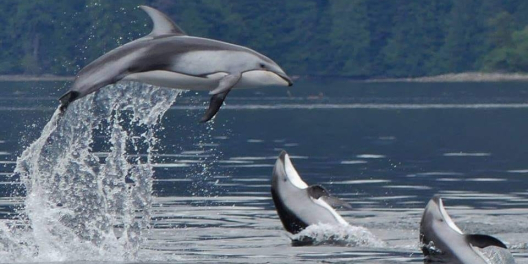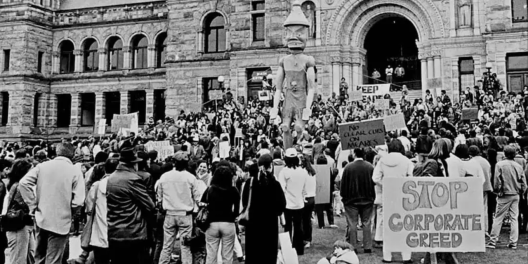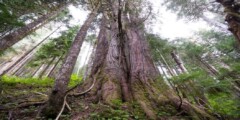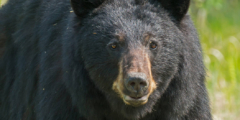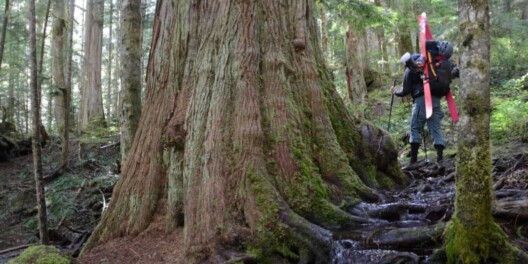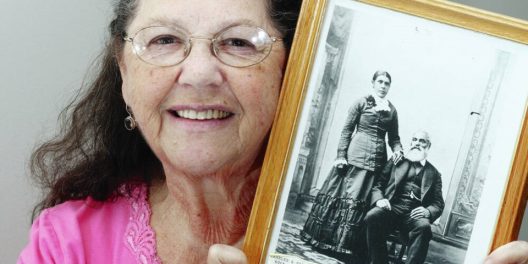You know the expression, never trust a man with a moustache? Well, the same goes for a wealthy white man in a top hat. Put a group of them together in a room, and bad things can happen.
That was the case back in the 1870s when the top hats gathered in Victoria and Ottawa to orchestrate a land giveaway of epic proportions – the so-called E & N Land Grant.
Canada was just forming, and the new federal government of the day enticed British Columbia to join by committing to “connect the seaboard of BC with the railway system of Canada.” The feds agreed to contribute $100,000 annually towards the construction of a railway on the island.
British Columbia kicked in more incentives, promising roughly 8,100 square kilometres and $750,000 to the company that constructed a railroad on Vancouver Island.
In 1884, with cash and land riches on the table, the shrewd businessman Robert Dunsmuir stepped up, negotiated with dominion officials to form the Esquimalt and Nanaimo Railway Company. Dunsmuir himself was president and owner of half the shares. The Scotsman cared little about railroads. Dunsmuir wanted what was above and below the ground: timber and coal.
This land grab – the E & N Land Grant – would make the Dunsmuir family one of the province’s richest. To add insult to injury, Dunsmuir only partially fulfilled the railway promise (the tracks stopped abruptly in Courtenay before reaching its promised terminus, Campbell River.) In the years that followed Dunsmuir’s windfall, he parcelled up the land for sale, which were then sold then resold multiple times to various logging and other resource interests.
Imagine how insulting this land giveaway would have been to the aboriginal people who had inhabited these lands uninterrupted for thousands of years, leaving a footprint on the landscape as subtle as an eagle feather alighting on a sandy beach compared to what followed under colonization?
Also, imagine the impact on present-day residential land and industry if First Nations challenged this land grab on legal grounds?
In 2008, that’s exactly what the Hul’qumi’num Treaty Group (HTG) did.
HTG represents the Cowichan, Halalt and four other Coast Salish nations in treaty negotiations with the federal government. Negotiations stalled after reaching an impasse. Unlike conventional treaty discussions where the territory under question is mostly Crown land, for the Hul’qumi’num, 85 percent of their territory had been doled out to private owners more than a century earlier.
Robert Morales, the chief negotiator for the Hul’qumi’num, took their case to the Inter-American Commission on Human Rights in Washington, arguing that the land converted to private property in the E&N land grant was “an act of egregious piracy.” They have strong legal objections.
In a past interview, Morales put it bluntly: “Dunsmuir and the government stole our land…and for the last hundred years, their descendants, particularly logging companies, have been getting rich while locking us out.” However, the Inter-American Commission on Human Rights came back with a somewhat ambiguous ruling; that there was no remedy for this claim in Canadian courts.
Private timberland owners, the major beneficiaries of the E & N land Grant, should take note; as Hul’qumi’num negotiator Morales points out, “international laws say that if aboriginal lands are illegally confiscated, the lands need to be returned, or we need to be compensated.”
Without a doubt, the E & N Land Grant haunts Vancouver Island, shaping ownership, industry, development and access in profound ways.
There are provisions and regulations in place with Crown land to enable and encourage both public and commercial, recreational access. This includes the tenure system that allows heli-skiing companies to operate on Crown land, or Recreation Sites and Trails BC, which authorizes the construction of trails. There are also provisions for watershed and riparian protection to safeguard public drinking water sources.
But on Vancouver Island’s private timberlands, it’s historically been the law-less Wild-West. Communities have to rely on grassroots activism and the hoped-for goodwill of forest corporations headquartered in distant high-rise office towers. As we all know, corporations answer to shareholders first, communities second.
BC is a perplexing place.
We’re blessed with abundant raw resources, and more than 96 percent of the province is publicly owned Crown land. Yet like most communities in Canada and around the world, we struggle to strike a rational balance between economy and ecology.
The E & N Land Grant shows how bad decisions – and shady deals – made more than a century ago can affect the lives of ordinary people on Vancouver Island for generations.
